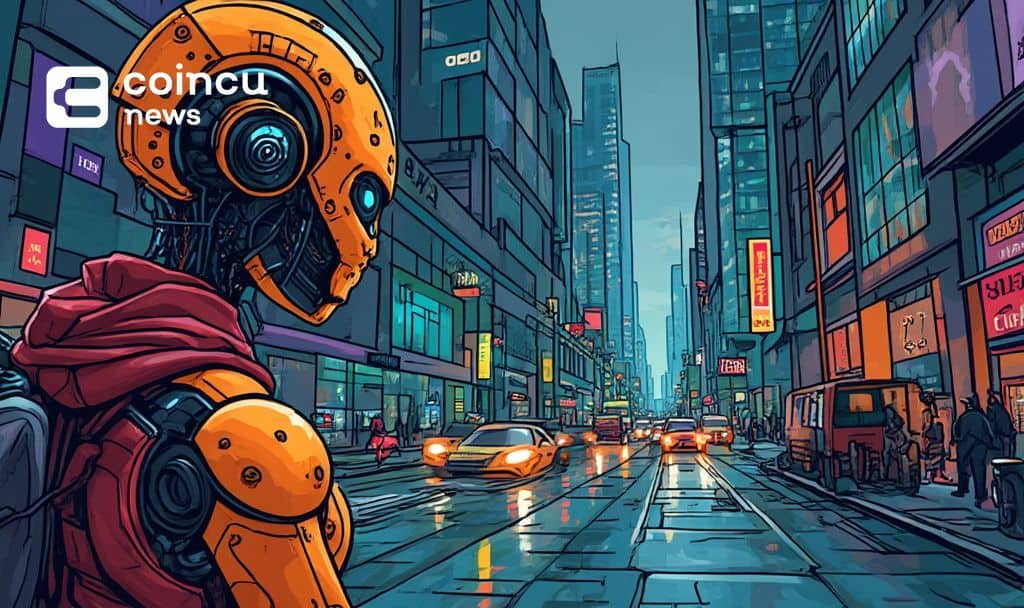Traders shore up protection against stock volatility ahead of Trump-Xi meeting
Wall Street investors are snapping up insurance against wild price swings as an upcoming meeting between American and Chinese leaders approaches at the end of October.
Market data shows people betting on futures contracts are paying more to protect themselves around October 31, when President Donald Trump plans to sit down with China’s President Xi Jinping.
The numbers measuring expected price moves for S&P 500 futures that expire on that date are running close to 20, which tops the levels seen for contracts coming due before or after that meeting. Similar patterns show up in the Cboe VIX Index readings for the same time period.
Trump said Friday he would go through with the meeting in South Korea, which happens in two weeks. He had raised doubts about it earlier this month.
The president also took a softer stance on trade penalties against China, which calmed some nerves about things getting worse. But people making trades aren’t letting their guards down, remembering what happened on October 10 when stocks took a beating after trade worries suddenly came back.
Analysts warn of escalation risk
Dennis Debusschere, chief market strategist at 22V Research, believes the situation will likely calm down as long as the two leaders follow through with their planned meeting. However, he warns that if the summit gets scrapped, the chances of trade tensions worsening would jump significantly.
People at JPMorgan Chase & Co.’s trading desk see things the same way as per Bloomberg. Andrew Tyler, who runs global market intelligence there, expects the markets to stay jittery through the first day of November when both presidents attend the summit.
Tyler told clients last week that failing to reach an agreement would lead to serious market declines.
The rush for protection stands out clearly in the KraneShares CSI China Internet ETF, a $9.4 billion fund that follows Chinese tech companies. A measure called the one-month, 25 delta put-call skew for this fund sits at its highest point since early April.
This signals that traders feel anxious about what might happen between now and mid-November. Bank strategists point to two things driving up price swings in Chinese stocks: the “tariff tantrum” and a Communist Party policy meeting scheduled for this week.
VIX signals growing market stress
The wider market shows signs of nervousness too. The Cboe VIX Index is floating above 20, a number that often means stress is building. The VVIX Index, which tracks how much the VIX itself bounces around, hit its highest mark since April when markets closed Thursday.
 Geopolitical credit concerns drive up the VIX index, Source: Bloomberg
Geopolitical credit concerns drive up the VIX index, Source: Bloomberg
Michael O’Rourke, chief market strategist at JonesTrading, expects stock traders to experience some turbulent days ahead.
The Trump-Xi meeting comes just days after the Federal Reserve wraps up its interest-rate meeting on October 29. Fresh worries about credit problems at smaller banks and the government shutdown add more question marks, making crash insurance look better in the coming weeks.
Amy Wu Silverman, who leads derivatives strategy at RBC Capital Markets, believes the recent increase in the VIX Index has been waiting to happen after markets stayed calm for an extended period.
Wu Silverman thinks this development actually helps investors who’ve been wanting to protect their portfolios but needed confirmation that their hedging strategies would pay off. She added that traders have been buying puts in bank stocks and moving up their positions in calls on gold.
If you're reading this, you’re already ahead. Stay there with our newsletter.
You May Also Like

VanEck files first Lido staked ether ETF amid SEC’s shift on liquid staking

BlackRock Increases U.S. Stock Exposure Amid AI Surge
